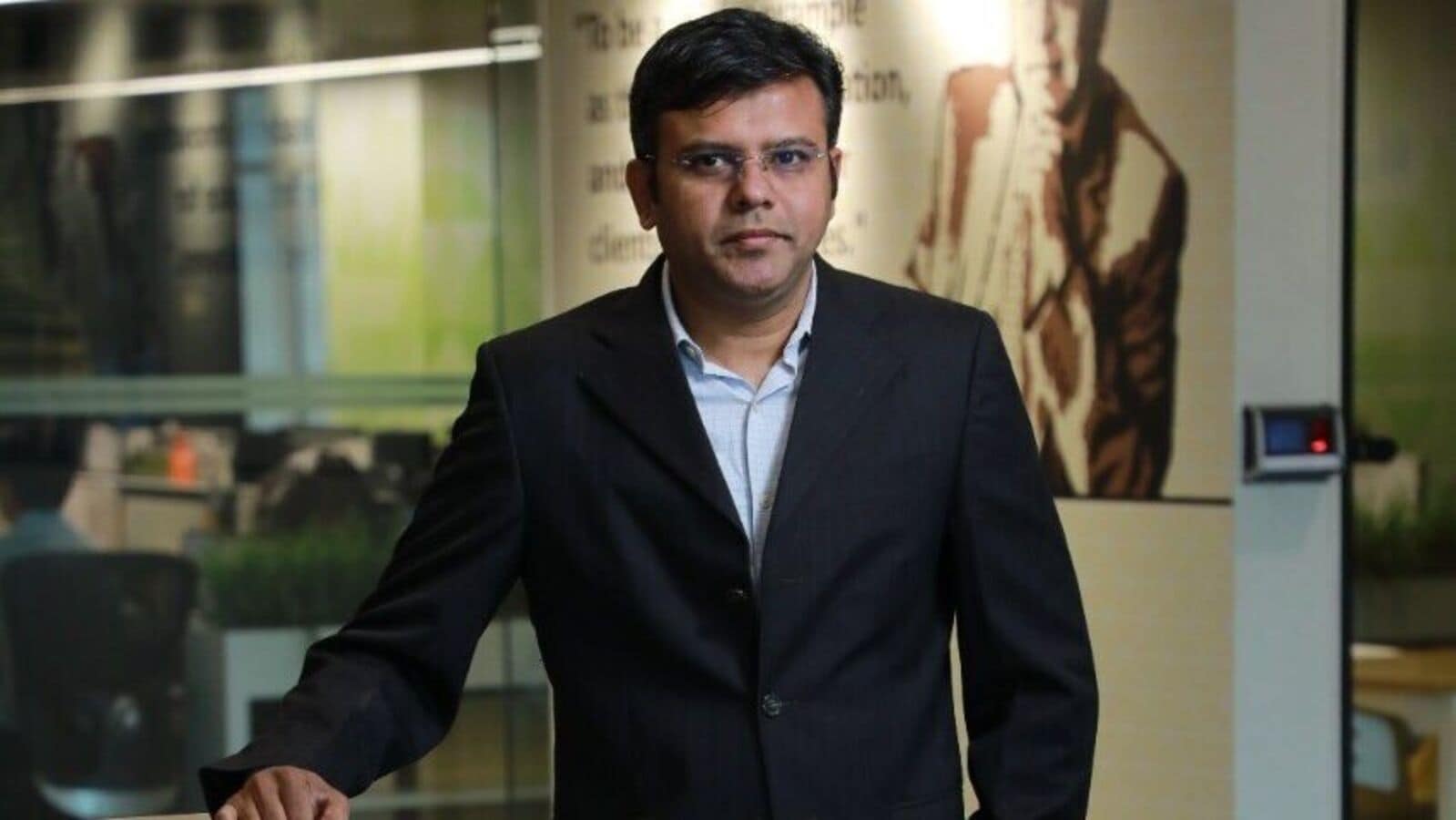[ad_1]
Adani Enterprises, Adani Power, Apollo Hospitals, Canara Bank, Divi’s Laboratories, IDBI Bank, Trent, and Jindal Steel are among the 14 remarkable performers that have transitioned from mid-cap to large-cap during this period. Indian Overseas Bank stands out as the only company to make the leap from small-cap to large-cap, epitomizing this trend.
Read this | Tata, Vedanta, other business groups join the market upswing
The analysis is based on data from the Association of Mutual Funds in India (Amfi), which classifies stocks based on guidelines from the Securities and Exchange Board of India issued in 2017. The latest categorization is derived from the average market capitalization of listed companies during the six months ended 30 June 2024.
Concurrently, 20 large-cap stocks from 2017 have slid into the mid-cap category, including YES Bank, Vodafone Idea, ACC, NMDC, and Hindustan Petroleum Corp. Ltd, while five others have been downgraded to small-cap, such as Vakrangee.Rea

View Full Image
Between fiscal years 2017 and 2024, the collective market capitalization of the 15 firms that moved up the ranks to large-cap surged from ₹2.1 trillion to an impressive ₹19.6 trillion. Leading this surge are Adani Enterprises, Varun Beverages, Indian Overseas Bank, and Trent, whose market values skyrocketed by 30.5, 23.2, 17.3, and 16 times, respectively, over this period. However, this meteoric rise has sparked concerns about the sustainability and justification of these valuations, prompting a more cautious market outlook.
And this | Amid FII selling, retail investors again prop up Indian market
Market analysts are concerned that many of these companies are now trading at valuations that significantly exceed their historical price-to-earnings (P-E) ratios. For instance, Adani Power, Jindal Steel, JSW Energy, and Tata Power are trading at premiums of 36%, 43%, 133%, and 62% to their seven-year median PE ratios, respectively. This suggests that market sentiment may be overshadowing the underlying financial realities.
Anand K Rathi, co-founder of MIRA Money, emphasizes that the sharp increase in market capitalization is largely driven by robust revenue growth or earnings per share. While strong growth historically justifies high valuations, a slowdown in this momentum could lead to significant contractions in P-E ratios, potentially impacting returns.
Despite the impressive growth in market capitalization, the financial performance of these companies has been mixed, painting a comprehensive picture of market conditions. While many have demonstrated substantial revenue increases, profitability has varied. Adani Enterprises, Trent, Varun Beverages, Cholamandalam Investment, and Tata Power lead in revenue growth, with compound annual growth rates (CAGR) of 22.6%, 31.9%, 22.3%, 22.5%, and 16.4%, respectively. Their net profit CAGRs are equally noteworthy, ranging from 25% to 53%.
A handful of banks, such as IDBI Bank, Union Bank, Indian Overseas Bank, and Adani Power, have successfully navigated profitability challenges and emerged stronger despite early setbacks. IDBI Bank had a substantial capital injection to address its financial woes caused by bad debts.
Rathi attributes these positive outcomes to factors such as asset quality improvements, reduced provisions for bad debts, and government stake reductions in some cases.
Also read | Surge of first-time stock market investors: A warning sign?
Meanwhile, efficiency metrics further reveal the strength of several companies. Cholamandalam Investment, Divi’s Laboratories, Torrent Pharmaceuticals, and Varun Beverages showcase an impressive average returns on equity (ROE) of 19.5%, 19.4%, 17.4%, and 14.4%, respectively, over the past seven years. These figures reflect effective utilization of shareholders’ funds and underscore the companies’ operational efficiency.
[ad_2]
Source link





